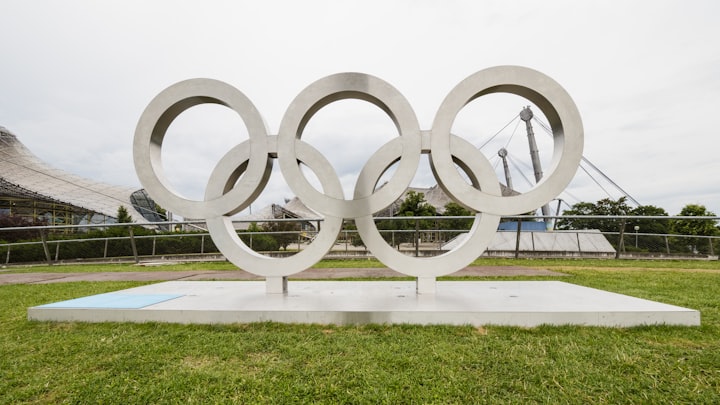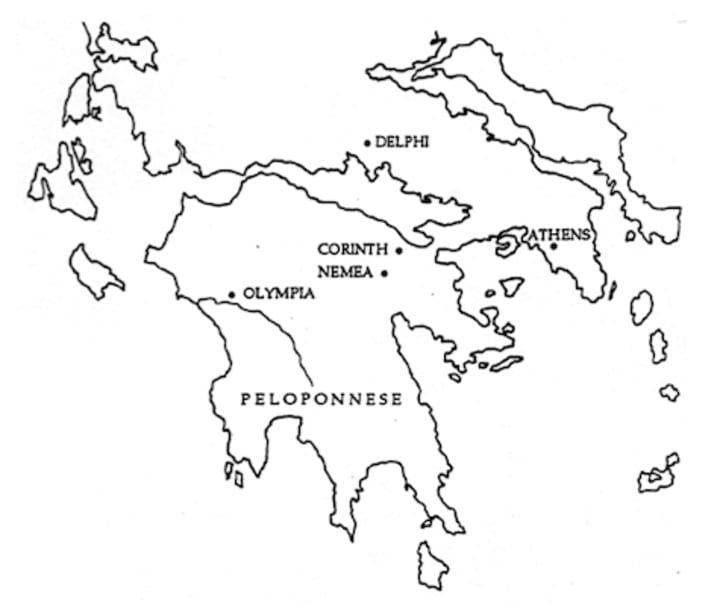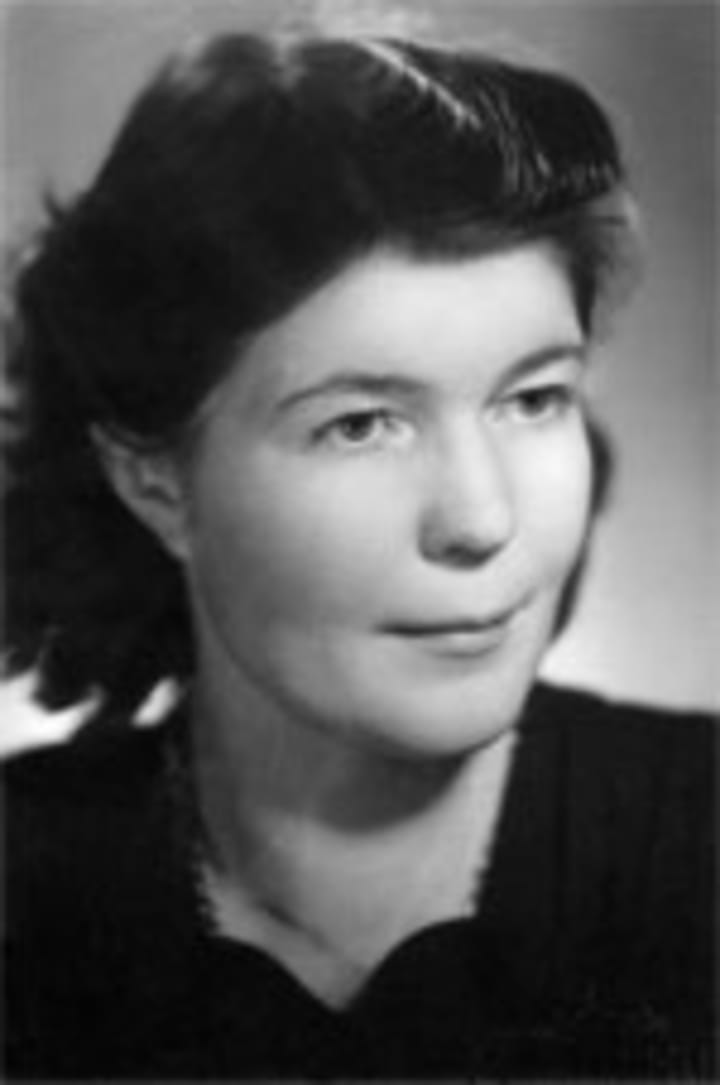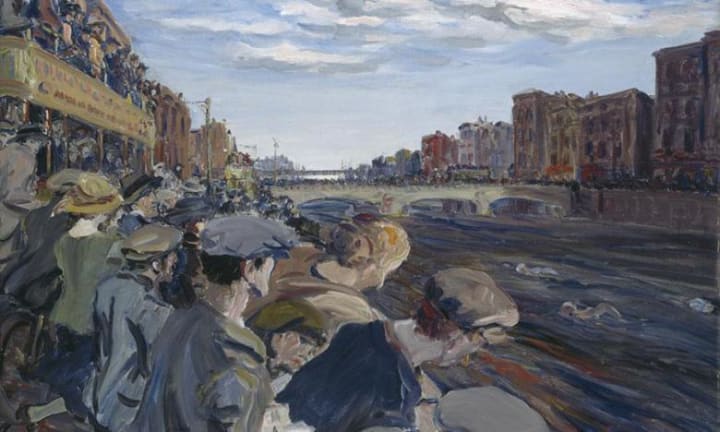Celebrating Creativity
History of Olympic Medals of the Fine Arts

In the shadows of Mount Olympus, in the ancient Greek city of Olympia, we find the first written records of the ancient Olympic Games (776 B.C.) A cook named Coroebus (also documented as Koroibos) from the nearby city of Elis won the only event—a 192-meter footrace called the stade (the origin of the modern “stadium”)—to become the first Olympic champion. However, it is generally believed that the Games had been going on for many years by the time documentation had begun.
Legend has it that Heracles (the Roman Hercules), son of Zeus and the mortal woman Alcmene, founded the Games, which by the end of the 6th century B.C had become the most famous of all Greek sporting festivals.
Festival, as in art festival.

From the 8th century B.C. to the 4th century A.D., the Games were held every four years in Olympia, located in the western Peloponnese peninsula, in honor of the Greek god Zeus.
Chariot racing was the most popular spectator sport in ancient times. In ancient Greece only the wealthy could afford to maintain a chariot and horses. Chariots had been used to carry warriors into battle, and chariot races, along with other sports events, were originally held at the funeral games of heroes, as described in Homer’s Iliad.

In the ancient games, there were no medalists. So why compete? What was the prize? Aside from the prestige, winners received a vase, known as a Panathenaic amphorae vessel, often embellished with a design of the competition. Legend has it each vase was filled with olive oil from the sacred grove of Athena.
On April 6, 1896, 1500 years after the games were banned by Roman Emperor Theodosius I, the Modern Olympic games were born. Baron Pierre de Coubertin, a French educator and historian, was the founder of the International Olympic Committee and served as its second President.
Initially an idea from the Athenian theory of a gymnasium, de Coubertin strived to set the standard for physical education in academic French schools, however that initiative did not get off the ground. His next idea fed off the same principles, that sport could be intertwined with learning. Reviving the Olympic Games was an offshoot idea from the failed physical education he pursed for French schools.
Baron Pierre de Coubertin, the founder of the modern Olympics, envisioned a celebration that encompassed not only athletic feats but also cultural accomplishments. He believed that art should be an integral part of the Olympic experience, and thus, the inclusion of artistic competitions was born.

The Olympic Games are renowned for honoring athletic prowess and achievements, but did you know that there was once a time when medals were also awarded to recognize artistic excellence? From 1912 to 1948, the Olympic Games included competitions for the fine arts, embracing the spirit of creativity and cultural expression.
de Coubertin intended to have an arts competition from the onset of revivial, however it was not until the Summer games in 1912 that the arts were a competition. In Stockholm that year the Olympic Games included competitions for the fine arts, embracing the spirit of creativity and cultural expression. The various artistic disciplines included architecture, sculpture, painting, literature, and music. Artists from around the world were invited to submit their works for evaluation and potential recognition.
That first year in 1912 only thirty-five artists submitted works for competition. The addition of the art categories was such a popular attraction that in 1924 the entries swelled; 190 artists made submission. And four years after that in 1928 the art categories had over 1,000 entries.
Overall, there were only 148 medalists for Fine Arts during this period. Just like the modern athletic competitions, the artistic events awarded gold, silver, and bronze medals to the winners. The designs of the medals themselves were often a work of art. Each Olympic Games featured unique medal designs, reflecting the cultural and artistic motifs of the host country.
From 1912 to 1948 rules of the art competition varied, but the core of the rules remained the same. All of the entered works had to be inspired by sport, and had to be original (that is, not be published before the competition). Like in the athletic events at the Olympics, gold, silver, and bronze medals were awarded to the highest ranked artists, although not all medals were awarded in each competition. On a few occasions, in fact, no medals were presented at all. The competition was juried, a predetermined panel of judges chose the winners.
Here's a few of the Olympic Fine Art medalists over the years.
Under the pseudonyms Georges Hohrod and Martin Eschbach, IOC founder Pierre de Coubertin won a gold medal in the literature category for Ode to Sport at the 1912 Summer Olympics.
Alfréd Hajós, a Hungarian swimmer was one of two individuals to win medals in sport and art competitions. In 1896 he won two gold medals for Olympic swimming competitions in the Mediterranean Sea. In 1924, Hajós, an architect specializing in sport facilities, entered the art competitions at the Paris Olympic Games. His plan for a stadium, devised together with Dezső Lauber (who played tennis in the 1908 Summer Olympics), was awarded the silver medal. The jury did not award a gold medal in the competition.

The Finnish author Aale Tynni is one of only eleven women to win a medal in the history of the art Olympics, and she is the only one to have won a gold medal. Throughout her career, she was widely renowned for her poetry and, at the 1948 Summer Olympics in London, took home the gold medal in the lyric works literature category for "Laurel of Hellas".

As the art Olympics most successful painter, Luxembourg artist Jean Jacoby stands out above the rest. Both of his winning works involve sports that were performed in the games themselves. Jacoby tried to win a third medal in the 1932 games but fell short. However, he has created many other drawings and paintings of events throughout the games.

The younger brother of Irish poet W.B. Yeats won the silver medal in painting at the 1924 Paris Games for his piece 'The Liffey Swim'. It was the newly formed Irish Free State's first Olympic medal.

The inclusion of artistic competitions and the awarding of medals to recognize the fine arts in the Olympic Games from 1912 to 1948 marked a remarkable chapter in Olympic history. It demonstrated the belief in the power of art to unify cultures and celebrate human creativity.
While the fine arts competitions may no longer be a part of the Olympic Games, the legacy lives on, reminding us of the Olympic movement's broader vision beyond athletic achievement. The interplay between sports and the arts continues to enrich the Olympic experience, inspiring generations and fostering an appreciation for both physical and creative excellence.

About the Creator
Reader insights
Outstanding
Excellent work. Looking forward to reading more!
Top insights
Compelling and original writing
Creative use of language & vocab
Easy to read and follow
Well-structured & engaging content
Excellent storytelling
Original narrative & well developed characters
Expert insights and opinions
Arguments were carefully researched and presented
Eye opening
Niche topic & fresh perspectives
Heartfelt and relatable
The story invoked strong personal emotions
Masterful proofreading
Zero grammar & spelling mistakes
On-point and relevant
Writing reflected the title & theme






Comments (10)
This is such an uplifting and interesting story
Dear Dana ~ Thank you for 'Ponying' this up to me ~ - Always my Pleasure - Jay Jay Kantor, Chatsworth, California 'Senior' Vocal Author - Vocal Author Community -
Whoaaa, I had no idea that art was part of the Olympics! That's just so fascinating! Also, I was today years old when I found out that Heracles is Hercules 😅
I had no idea about the art component!! This was such a cool article, Dana! 👏👏
What a fascinating article, Dana! I learnt a lot, thank you!
Wow! they should totally bring this back. I could see it as an on-the-spot competition where they have to complete a drawing within a certain time frame. Not sure if the writer's category belongs anymore but learning about that was fun as well. Great article, Dana!
Interesting information and intriguing to know the balance of arts with sports. Great article Dana. 😃
Fascinating article. I had no idea arts were ever included. Thanks for the history lesson. Well done.
Amazing. Do you think we could ever have writing olympics in the future? I would be excited to compete in a live writing competition! Beautifully written as always, Dana!
😉Great Article 💯Very insightful ❤️📝❗